Review of Marilyn Monroe: The Diamond Collection
Introduction
Marilyn Monroe. It`s forty years since a cocktail of champagne and sleeping pills turned her from a screen-goddess into a legend. A beautiful, tragic woman with a propensity for self-destruction, she was ultimately finished off by the Hollywood system that created her. The Twentieth Century Fox Marilyn Monroe Collection includes eleven out of an entire legacy of only twenty-eight movies, but among those eleven movies are some of the best and most famous (or infamous) performances in her career.
How To Marry A Millionaire (1953)
They used to make this kind of picture back in the 1930`s in monochrome and call them "Golddigger" movies. You know the drill - pretty girl aims to set herself up for life by trapping herself a millionaire, but ultimately finds true love. This time they were doing it in Technicolor and Cinemascope. Lauren Bacall, Marilyn and Betty Grable rent an expensive Manhattan apartment and take to the nightlife of the Big Apple to find prospective spouses.
While not an exceptional Marilyn movie, this was one of the big seven movies at the heart of her legend (starting with Niagara(1952), including the movies listed here, Bus Stop(1956) and Some Like It Hot(1959 - not in the collection)).
Before the titles roll, there is an eight minute concert overture that makes you wonder if you`re watching the right movie.
There`s No Business Like Show Business (1954)
Another 20th Century Fox Cinemascope spectacular, this time an overblown musical confection about a Vaudeville family. Marilyn shares her screen time with Singin` in the Rain`s Donald O`Connor, Dan Dailey and the human foghorn herself, Ethel Merman (come on, admit it, when you read the title you could hear her singing it, couldn`t you?). Chock a block with Irving Berlin tunes, this is a Musical with a capital M, and matches anything MGM turned out in their heyday. The final reprise of the tune has been spoofed so spectacularly on The Simpsons I found myself asking "Hey, where are the dancing elephants?"
Seven Year Itch (1955)
Seven Year Itch is possibly (along with Some Like It Hot - which is not included in the collection) her most iconic performance. In fact I`d say its the most Marilyn-y movie of the lot. Made in a more innocent era (1955), Seven Year Itch faced enormous opposition from the Hays Office (the US Board of Film Censors at the time) and outraged various decency groups at the prospect of George Axelrod`s racy Broadway play being turned into a major motion picture. With gleefully controversial director Billy Wilder at the helm, they expected the worst and Wilder, faced with Hays Office puritanism was intent on giving them a run for their money. The result, however scandalous at the time, is an engagingly moral tale where nothing actually happens.
Almost half-a-century has passed since the making of Seven Year Itch. The world has become a much more cynical, jaded place, and movies on the whole have become a lot less subtle in humour and sexual content. And yet Marilyn Monroe`s status as a sex-goddess (not sex-symbol. Goddess.) remains undiminished. Every second she is on screen in Seven Year Itch, particularly the subway grating and air conditioner sequences, she is absolutely hypnotic. Okay, perhaps you have to put yourself in the right frame of mind to watch the film, and it is above all strangely innocent compared to these Sharon-Stone-crossing-her-legs days, but after forty-seven years, I reckon the girl`s still got it.
Tom Ewell is everyman Richard, an unassuming, plain, ordinary, slightly creepy-looking schmuck with an overactive imagination who bundles his wife and son off to the country for the summer. Everyone in Manhattan does - it`s too hot in summer. Fortunately, his apartment has air conditioning and he meets up with and starts a purely imaginary affair with a drop-dead gorgeous young woman subletting the apartment upstairs.
The only thing that now spoils the movie for me is having watched the 23 minute "Back Story" short covering the making of the movie in fascinating detail. Knowing that Billy Wilder`s preferred choice for the role of our ordinary hero was Walter Matthau (it would have been his first role) makes Tom Ewell a poor second choice.
Let`s Make Love (1960)
In the good, old-fashioned snogging sense rather than the euphemism for rumpy-pumpy sense. This 1960 musical (nominated mysteriously for a music direction Oscar(tm) in what must have been a slow year for music direction), boasts guest appearances from Bing Crosby, Gene Kelly, Milton Berle, and supporting performances from Tony Randall, Wilfrid Hyde-White and - hold the phone - Frankie Vaughan. Yes, that`s right, OUR Frankie Vaughan, Mr Give-Me-The-Moonlight himself. Marilyn`s penultimate completed movie, and lacking a director who could work round her like Billy Wilder, this is a sad picture, showing a version of Marilyn who is beginning to fall apart.
Like a good many contemporary musicals of the era (especially British musicals), this is frequently difficult to wade through, even downright embarrassing to watch. There`s a lot of that style of dancing that Una Stubbs and Lionel Blair used to do (and which frankly my dear drives me NUTS). Every star occasionally makes a bad choice of movie. Antony Hopkins made "Bad Company", De Niro made "Rocky and Bullwinkle", "Showtime" and... You get the drift. This is one of Marilyn`s turkeys, but none of the blame can really be put her way as she`s not the subject per se of the movie, a woefully miscast Yves Montand as Jean-Marc Clement is. He`s a multi-billionaire being lampooned in an off-Broadway theatre production and his PR man (Tony Randall) alerts him to the fact and accompanies him to the theatre. Subsequently, Clement gets a role as himself in the skit and "hilarity ensues" as the original press blurb would have had it. The problem is that it isn`t funny, Montand is staggeringly unlikeable as a hero and the movie only works when Marilyn is on screen.
Marilyn Monroe: The Final Days (2001)
The last disc in the collection is a documentary detailing the making of Marilyn`s last, uncompleted movie "Something`s Got To Give". Thankfully the documentary avoids the various conspiracy theories (too evil to contemplate) surrounding her death involving the Kennedy brothers. Instead it covers the machinations behind the scenes of the unhappy band of producers, writers and most significantly director George Cukor. It is a sad story of a tragic young woman obviously out of her depth and paying for it with her life. The programme is dedicated to the memories of Marilyn, co-star Dean Martin and the movie`s director George Cukor, who had directed marilyn in the terrible "Let`s Make Love". Halliwell`s Film Guide spotlights Cukor for his "discretion in handling a score of the film colony`s more temperamental leading ladies", and yet Cukor was instrumental in getting Marilyn fired from the picture. To his credit, Dean Martin quit the movie when Fox tried to recast Lee Remick in Marilyn`s role.
At the time of her death, Marilyn had managed to sign a deal with Fox to complete "Something" under her director from "How To Marry A Millionaire", Jean Negulesco. As Marilyn was making the movie under duress from Fox, was suffering from an addiction to champagne and sleeping pills and had a terrible crisis of confidence about her acting abilities, it is not terribly surprising that the stress may have led to her accidental death by overdose. Pressure from the studio front office, hangers-on such as her psychiatrist and acting coach, and the original director`s antipathy to his star all added to the train wreck that was poor Marilyn`s life.
At the end of the documentary, there is an assembly cut of forty minutes - roughly a third-to-half of the whole film - which makes Cukor`s wanting to recast the part all the more baffling. It is certainly not Marilyn`s best work. It is probably her worst work. Much of the time, she appears distracted, absent-minded, possibly tipsy or even stoned. If Cukor deserves his reputation, he should have been able to save the picture in the cutting room.
"Something`s Got To Give" was finally made from scratch in 1963 under the new title "Move Over Darling" and starring Doris Day in Marilyn`s role, and James Garner in Dean Martin`s. None of the rest of the cast found jobs in the final movie. However, had Marilyn completed the film and been on top form (and if the sequence had got past the censors), her moonlight skinny-dip in the pool would have been the talk of 1962, eclipsing even her iconic subway-grating scene.
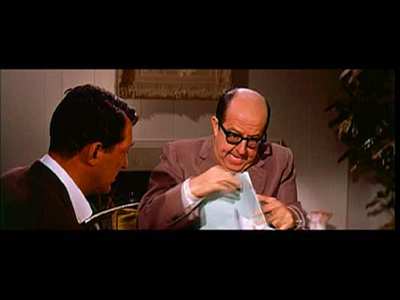
Video
With the exception of the Marilyn documentary, which was made for television and is shown in 4:3, with letterboxed widescreen elements, the four main-feature movies listed here are all presented in glorious 2.35:1 anamorphic widescreen, I guarantee you have never seen them looking better. "Restoration comparison" shorts on each of the discs demonstrate the improved image of the newly minted preservation masters with the old pan-and-scan masters used to make video copies in the past. The comparison can be a little misleading as half a 4:3 frame of the old master is compared with a letterboxed half-frame of the restoration, but the improvement in contrast, colour range and depth is quite remarkable, considering the rough handling these movies have suffered over the years. The extras are shown in 4:3 frame or letterboxed if in 2.35:1 ratio, which is a little annoying.
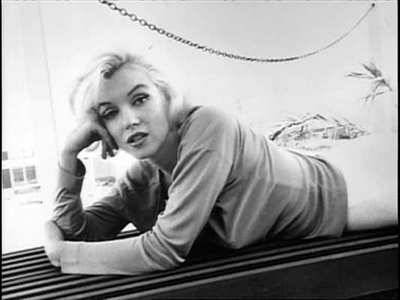
Audio
An exceptionally satisfying DD 3.0 (that`s a standard front stereo pair and a centre dialogue track) reproducing the the full weight of the original stereo release mixes - the first time (I believe) the films have been presented in anything but a rather dull Mono mix. Of course, the vintage of the material means a limited frequency palette and sound that lacks modern clarity, but it`s a vast improvement on issues of the past (and I had the highlights of Seven Year Itch on Super-8 back in the seventies).
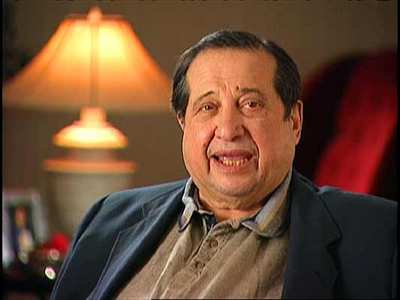
Features
How To Marry A Millionaire
Subtitles; Theatrical Trailer; Italian Theatrical Trailer; German Theatrical Trailer; Restoration Comparison Short; Movietone News Preview of the film.
There`s No Business Like Show Business
Subtitles; Two Theatrical Trailers; Portugese Theatrical Trailer; Restoration Comparison Short; Poster Art.
Seven Year Itch
This is the prize in the pack, released with a wonderful bouquet of extras. There are subtitles; a theatrical trailer; a Spanish language trailer; a "restoration comparison" which outlines the problems in striking a new top quality master print from a movie that has suffered from storage mishandling and laboratory disasters and a Movietone News Sneak Preview. Best among the extras are the "Back Story" documentary lasting 23 minutes and which although lightweight, details the making of the movie in amusing and fascinating anecdotes of the surviving crew. There are extended or alternative versions of the bathtub and subway scenes, and "One sheet" poster art.
Let`s Make Love
Subtitles; Theatrical Trailer; Restoration Comparison Short; Stills Gallery.
Marilyn Monroe: The Final Days
Really this disk is an extra for the whole box set, and only carries subtitles and a Movietone Short on Cinemascope as extras.
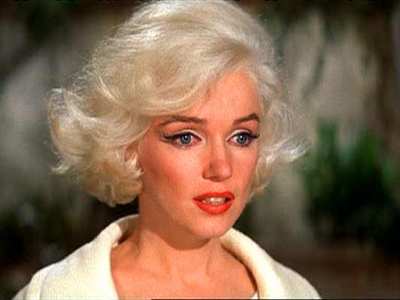
Conclusion
I would be deliriously happy with this copy of Seven Year Itch if it had been issued on its own. As it is, it comes with ten companion movies that show Marilyn Monroe at the height of her powers, and a fascinating if desperately sad documentary about Marilyn`s ignominious end. Some of the movies in the collection are good, some are bad, but with Seven Year Itch and Marilyn Monroe: The Final Years as the centrepieces, one cannot complain about the poorer elements of the pack.
If Marilyn had lived, she would be seventy-six and almost certainly long retired from acting. Who knows what movies she might have made after 1962, if any. At thirty-six at the time of her death, she would have had to make the transition from babe to character actress to survive Hollywood ageism. I wouldn`t be at all surprised, though, if she hadn`t invented an older-woman-sex-symbol niche for herself. More likely she would have headed East to establish herself on the legitimate stage in New York and made a comeback in the 1970`s doing Shelley Winters type roles. Certainly at the time of her death she had passed the height of her powers, and would have been overtaken by the `sixties and the permissive society, but it`s an interesting exercise debating what roles she might have taken.
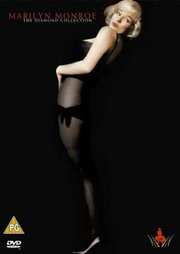




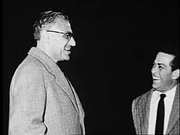
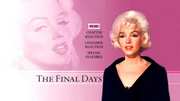

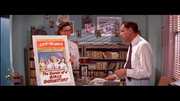
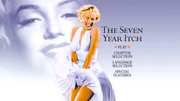
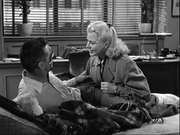
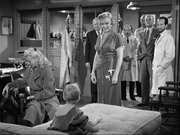
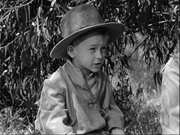
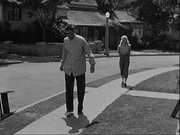
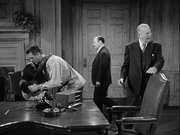


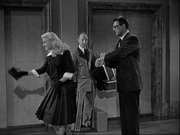

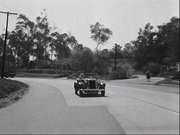
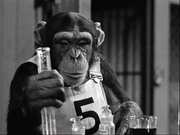
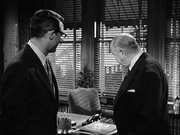

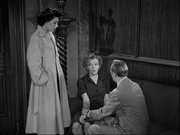
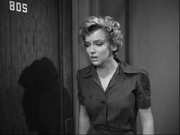
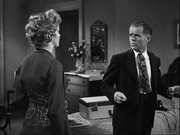
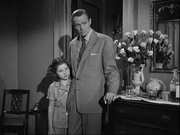
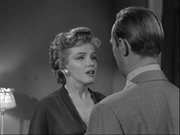
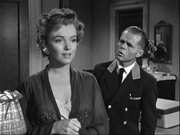
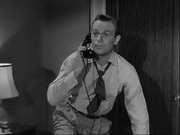
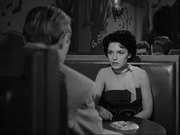
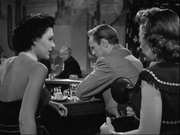
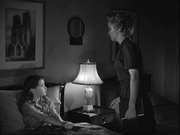
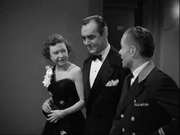
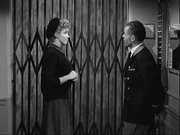
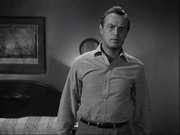

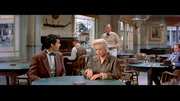




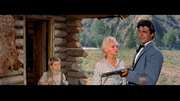
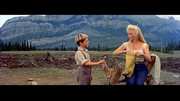




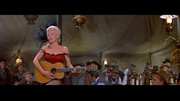



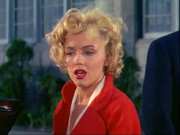
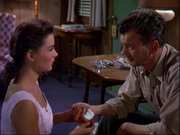
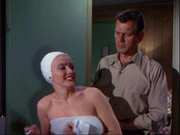
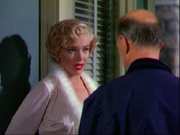
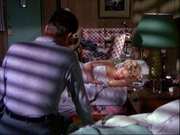

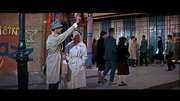
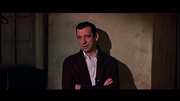
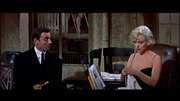
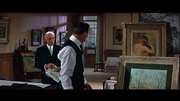





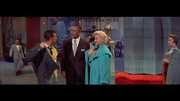






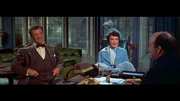


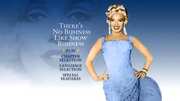
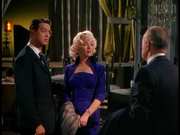

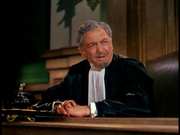
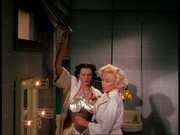

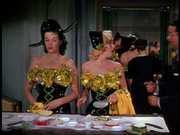
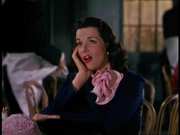
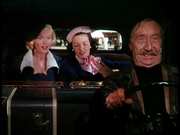
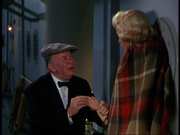
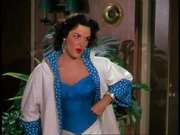
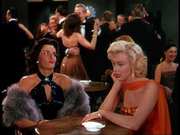
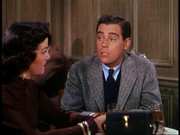
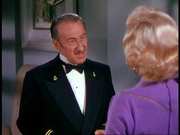

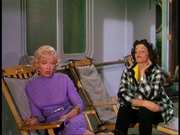
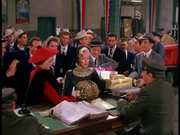
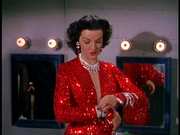
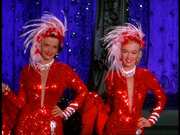



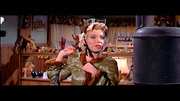

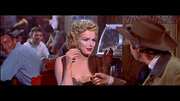
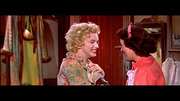


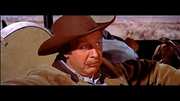


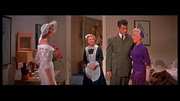
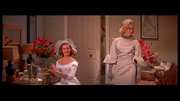




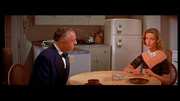

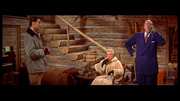
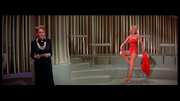






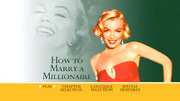
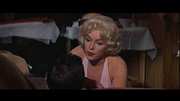
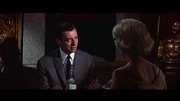
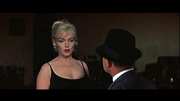
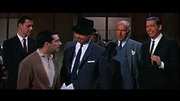


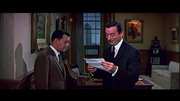





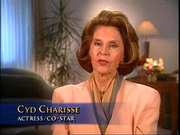

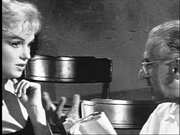
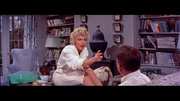

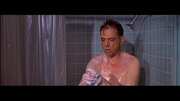
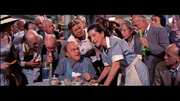
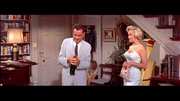
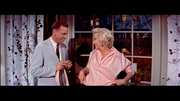
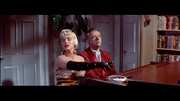

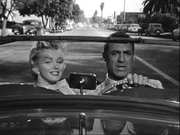
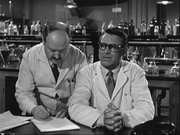
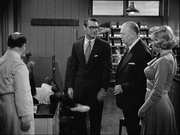
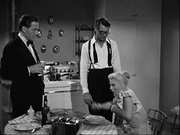
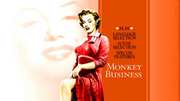



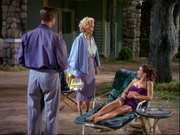
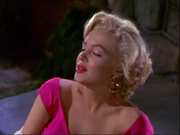
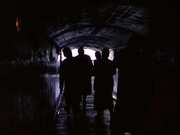
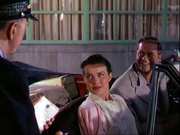

































Your Opinions and Comments
Be the first to post a comment!